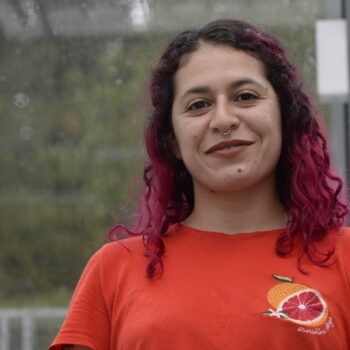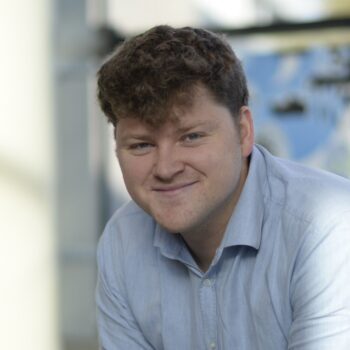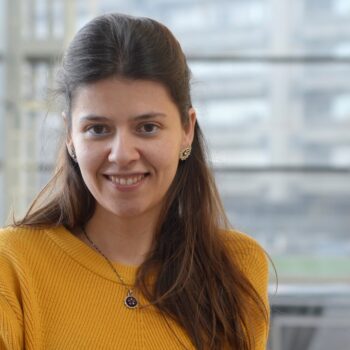Laser Dynamics

The "laser dynamics" team at B-PHOT focuses on the underlying physics behind the complex nonlinear dynamics that can be observed in semiconductor lasers, and how to harness these behavior for applications. Vertical-Cavity Surface-Emitting Lasers (VCSELs) and their polarization properties has been - and still is - a very active topic within the group, but we are also embracing various other systems including quantum dot lasers, multi-wavelength lasers and novel laser devices on Photonic Integrated Circuit.
We have a demonstrated expertise in the modelling and theoretical analysis of complex laser systems from direct numerical simulations, to analytical developments and continuation techniques. This approach allows us to unambiguously unveil the underlying mechanism leading to the observed dynamics. Experimentally, we are fully equipped to characterize all types of semiconductor lasers and active photonic integrated circuits. thanks to our experience studying polarization issues in VCSELs, we can easily handle polarization-dependent systems. Finally, besides the typical applications of optical chaos - e.g. secure communication and random number generation -, we also look towards novel solutions exploiting laser dynamics for high-precision sensing or advanced all-optical signal- and/or data-processing.
Novel laser systems
Photonics has been identified as a key enabling technology. The need for coherent light sources made lasers ubiquitous in various system and technological fields. Our team at B-PHOT is contributing to the continuous development of these key devices.
On one hand, we are developing novel schemes in free-space or in photonic integrated circuits. Current research interest includes optical frequency comb generation, monolithically integrated multi-wavelength lasers and microlasers. A significant part of this work is done using the generic foundry platform services of JEPPIX (www.jeppix.eu), which allows us to design custom laser systems on-chip with the guarantee that they are all mass-manufacturable.
On the other hand, we are also performing detailed characterization of novel devices and investigating their dynamical behavior. We rely on devices that are commercially available, manufactured for research purposes by some of our partners, or designed by ourselves and implemented on generic foundry platforms. Combining our expertise of laser characterization techniques with modelling and simulation skills, we are able to identify the most relevant feature or dynamical behavior, and to pinpoint their physical origin.

Feedback and injection for control and sensing
Going one step further beyond the laser itself, we actively investigate the impact of various external perturbations: typically external feedback, optical injection or modulation. It is known for a long time now that any of these perturbation can trigger a tremendous variety of dynamical responses in semiconductor lasers. Although they have been already widely studied, because of the system complexity and the large size of the parameter space - along with the wide variety of laser devices - a lot remain to be discovered.
In this context, our team is particularly interested in the following aspects:
- the impact that external perturbation could have on the laser properties and how we could exploit it to control the laser emission
- how to retrieve information on the perturbation applied to the laser based on the laser behavior
- the definition of an engineered-perturbation to trigger a wideband optical chaos
All three aspects, of course, require a solid combination of both experimental and theoretical investigations.
Exploiting optical chaos and laser dynamics
Last but not least, our team is also focusing on harnessing the dynamical behavior of semiconductor lasers for applications. In short, we believe that exploiting the complex response of the laser itself to perform complex operations in a reliable way is realistic and could represent a paradigm shift in various fields.
Naturally, we are considering the flagship applications of optical chaos that are secure communication, encryption and random number generation. They have been advertised for several years as the next big thing, but a viable industrial implementation of these concepts remain to be demonstrated. Yet, this topic of research remains very active and bringing essential new insights in the physical mechanisms at stake. The latter being, of course, one of the most important step to reach the efficiency, robustness and performances required for an effective use of laser dynamics in the real world.
Alternatively, we are also looking at some other more specific applications including all-optical mm-wave and THz signal processing exploiting multi-wavelength devices, or the use of optical frequency combs for wavelenght stabilization of VCSEL arrays for interconnect applications.









